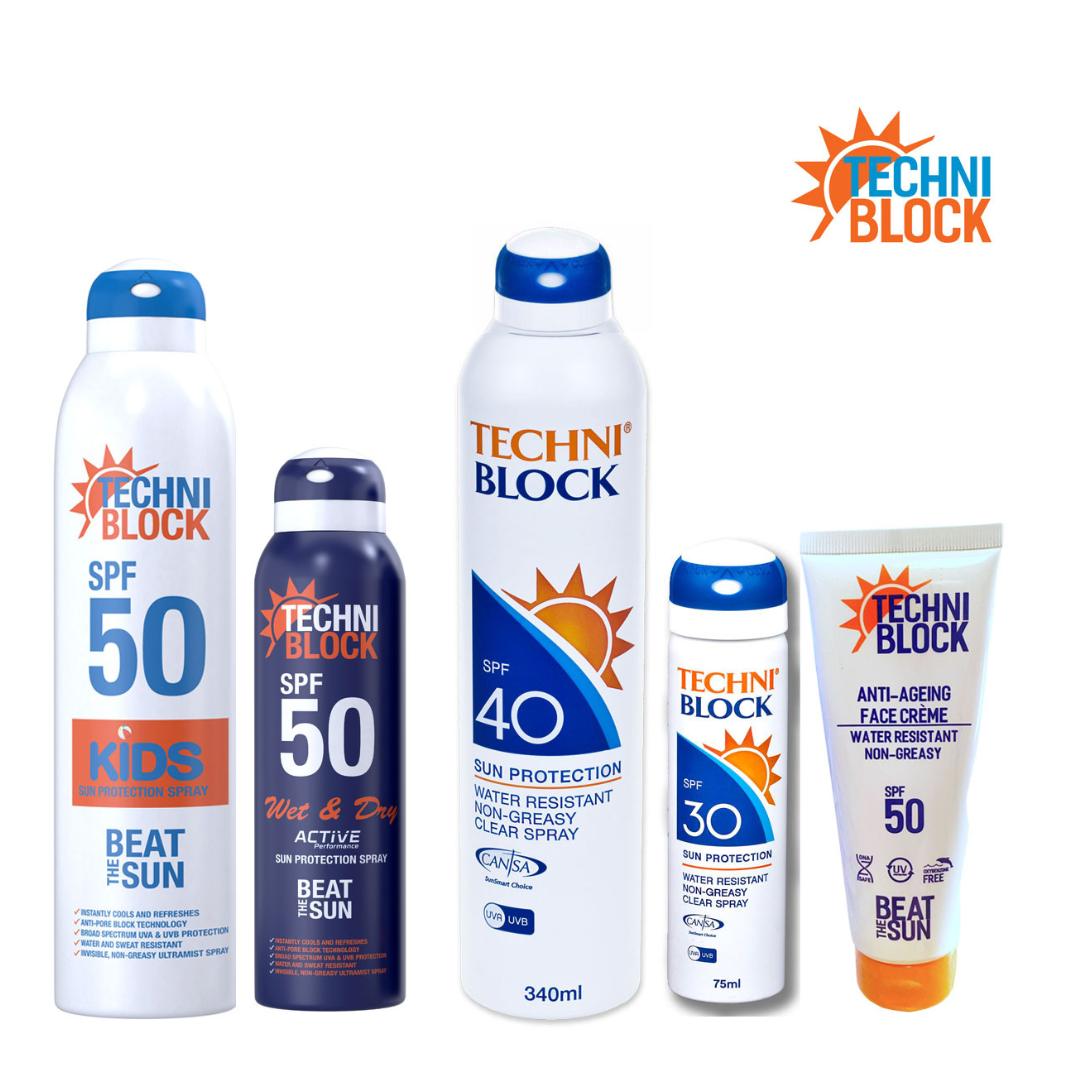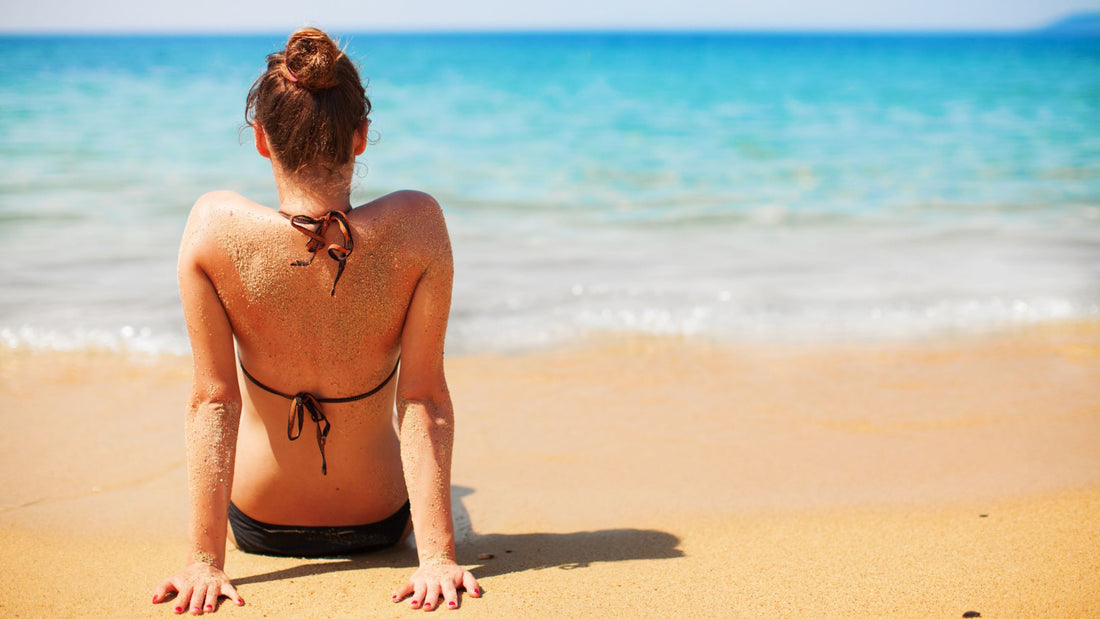Skin cancer is the most common of all cancers. About 5.4 million cases of basal and squamous cell skin cancer are diagnosed each year. Melanoma, a more dangerous type of skin cancer, accounts for around 16,700 new melanoma skin cancer cases in the UK every year, that's 46 every day (2016-2018).
Malignant melanoma is the most dangerous of all type of skin cancer causing the majority of skin-cancer-related deaths. Cancer Research UK advise that more than 13,000 people a year develop malignant melanoma - the most deadly type of skin cancer. Cases have soared seven-fold in the past 40 years, and it is expected that there will be as many as 20,000 cases per year by 2027. In 1975, the figure was just 1,800.
The shock rise is blamed on the legacy of sunshine package holidays which became popular in the 1960s. The UK has the second highest rate of skin cancer in Europe and is now the second most common cancer between the ages of 15 and 34. The continuing obsession with sporting a tan means the toll keeps rising.
Cancer Research UK launched their SunSmart campaign with the message that there is hope of halting this alarming rise. Melanoma skin cancer is largely preventable. The most important thing you can do to protect your skin is to not burn in the first place. Many of the patients being diagnosed today suffered cancer-causing sunburn in their youth.
How can I minimise the risk of Skin Cancer?
Most non-melanoma skin cancers are caused by exposure to the sun. This may be long term exposure, or short periods of intense sun exposure and burning.
People who are very fair skinned, especially with fair or red hair, are more at risk of developing melanoma. So are people with a lot of freckles.
People with darker skins can still get melanoma but they have more natural protection against it. It is rare for black people in the UK to get melanoma.
If you have a tendency to get sunburnt you are at more than average risk of melanoma. People most at risk are those who don't tan at all, such as people with very fair skin and those who go red and then peel before getting a tan.
Fair skinned people born in a hot country, for example Australia, have an increased risk of melanoma throughout their life. Their risk is higher than people who went to live in a hot country as a teenager or people with similar skin colouring who live in cooler climates.
People who are exposed to strong sunlight every now and then, like holidaying in a hot country, are more at risk of melanoma than people who are very regularly exposed to sunlight, like people who work outdoors.
Research has shown that there is a definite link between sunburn and melanoma. People who have had sunburn are more than twice as likely to get melanoma than those who have not. The risk is higher if you have had sunburn several times in your life and is seen with sunburn at all ages, not just in childhood.
Experts recommend buying a sunscreen with an SPF (Sun Protection Factor) of 30 and to look out for sunscreens that are broad-spectrum and offer protection against both UVA and UVB rays. An SPF30 sunscreen filters out 97% of UVB radiation. An SPF 50 filters 99%.










